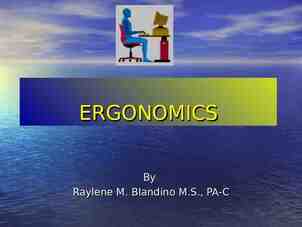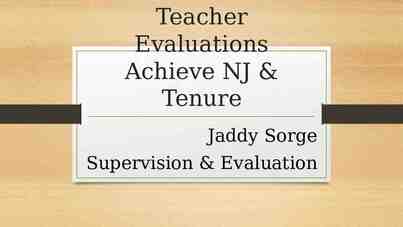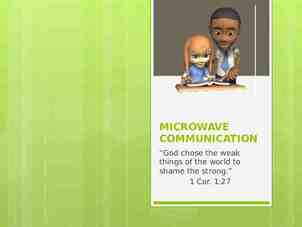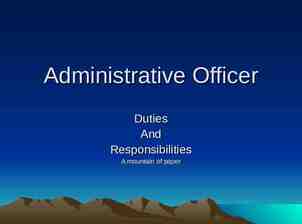Identity-Based Conflicts Identity Based Source Needs and Values
6 Slides103.00 KB

Identity-Based Conflicts Identity Based Source Needs and Values – threats to or frustration over such identity needs as dignity, safety, control Characteristics Intangible – Rooted in history, psychology, culture, belief systems, abstract and complex goals Initial Engagement Interactive – dialogue about needs and values promoting voice and recognition Resource Based Source Resources – competition over material and territorial interests Characteristics Tangible –Focused on finite goods and services Initial Engagement Transactive – interestbased and mixed-motive bargaining

ARIA Framework for Identity Conflicts Antagonism Resonance Invention Action

Antagonism Adversarial Framing Focuses on the tangible “what” of the conflict Is defined in Us versus Them terms, the resources at stake, the opposing solutions sought Involves four key processes Blaming the other Polarizing our side against theirs Attributing negative characteristics to the other Projecting unacceptable traits from one’s own side to the other Often high conflict, heavily emotional

Resonance Reflexive Reframing Focuses on the “why” and “who” of the conflict “Why does who want what?” Focuses on the identity needs of all sides Heavily dependent on dialogue orientations Reflexivity in Action From blaming and victimhood to respective responsibility From Us v. Them to We From Attribution to Analytic Empathy From Projection to Self-awareness and ownership

Invention Inventing Focuses on the “how” of cooperatively resolving the conflict Differs from Interest-based bargaining in that it emphasizes positions to needs to interests instead of just positions to interests Cooperative Techniques Differentiation Expansion Compensation

Action Agenda Setting Addresses the “why” and “who” of the conflict Addresses the “how” of cooperation through the tangible “what” of solutions. Consolidated into plans of action Follows stages focusing on these questions: What is to be done? Why is it to be done? Who is to do it? How is it to be done?






